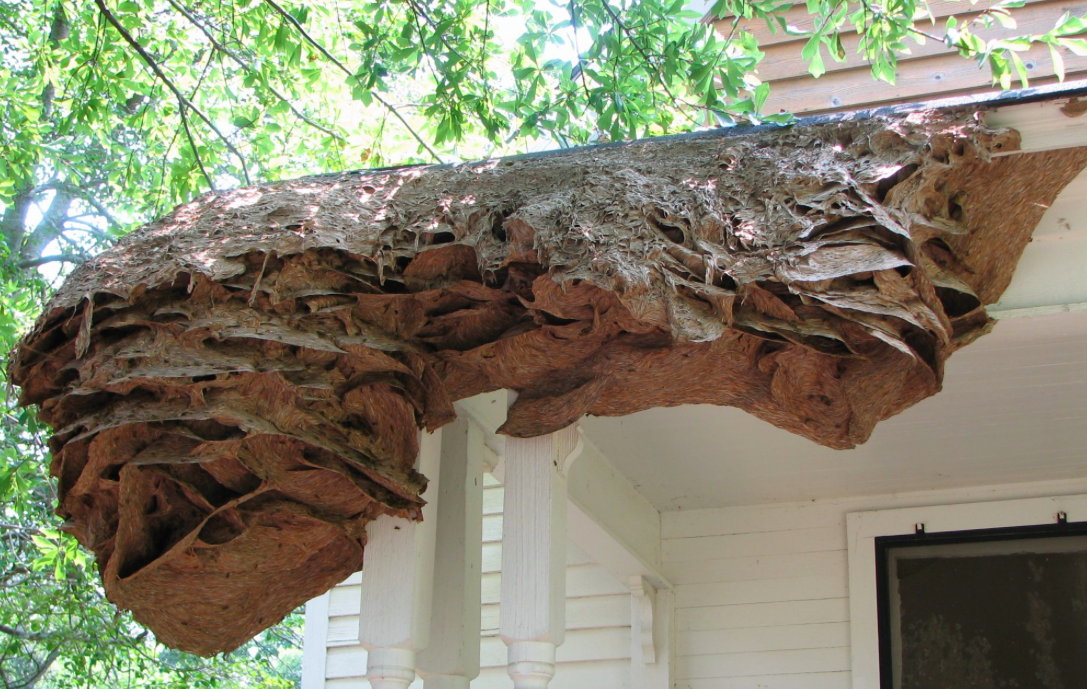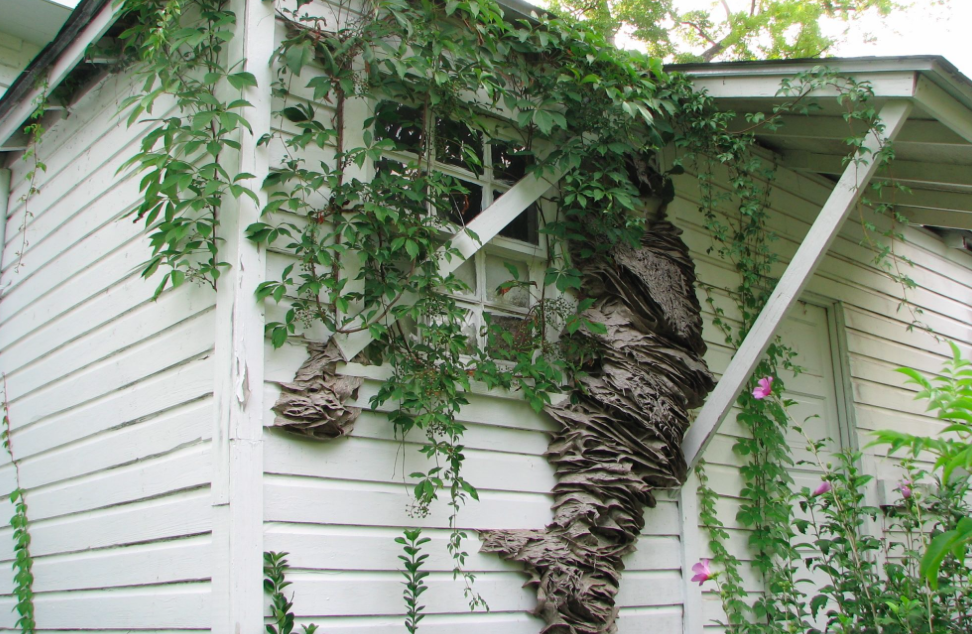Wasps nests the size of cars are coming back to Alabama after an unusually mild winter
Scientists have warned that giant wasps nests the size of cars could return to the US this summer.
In 2006, up to 90 nests of yellow jacket wasps were uncovered in Alabama, including one made of up 15,000 insects that was the size of a car.
Last month, the Alabama Cooperative Extension System, based at two of the state’s universities, warned that 2019 could see a repeat of such large nests, thanks to a mild winter.
Entomologist Charles Ray, a research fellow at Auburn University, said this summer could also see huge perennial yellow jacket nests.
Because of the warmer climate and abundance of food, colonies are surviving the winter months and entering spring with greater numbers.

While a normal yellow jacket nest, found in the ground or a cavity, may contain up to 5,000 workers, perennial nests can grow much larger.
“These perennial nests may be several feet wide and have many thousands of workers, far more than an average nest,” said Mr Ray.
“We have found them attached to home exteriors and other places you might not expect to find yellow jackets.
Read more
Insects could die out ‘in worst extinction since the dinosaurs’, experts warn
Brexit Party MEP ridiculed on Twitter after complaining about travelling to EU
Glastonbury rubbish clean-up operation begins as music fans head home from festival
“The most workers I have counted in a perennial nest is about 15,000 or about three to four times more than a normal nest.
“However, one nest in South Carolina was documented with more 250,000 workers.”

Mr Ray said there were two confirmed perennial nests in May, while there have been reports of a third. He said the first giant nest of the year in 2006 wasn’t identified until June 13.
“If we are seeing them a month sooner than we did in 2006, I am very concerned that there will be a large number of them in the state,” he said.
Imagine a colony of yellow jackets the size of a car, filled with 15,000 stinging insects. Now, imagine more than 90 in the state. It happened in 2006 & an Alabama Extension entomologist says 2019 may mirror 2006. https://t.co/SVW5YhIMnt @spann @AlfaFarmers @wsfa12news pic.twitter.com/EfyCicyXHF
— Alabama Extension (@ACESedu) June 21, 2019
“The nests I have seen this year already have more than 10,000 workers and are expanding rapidly.”
He warned people not to disturb the nests and that removal should only be carried out by licensed pest controllers.


